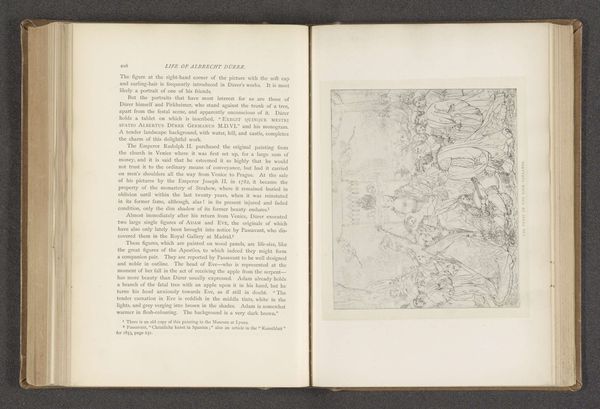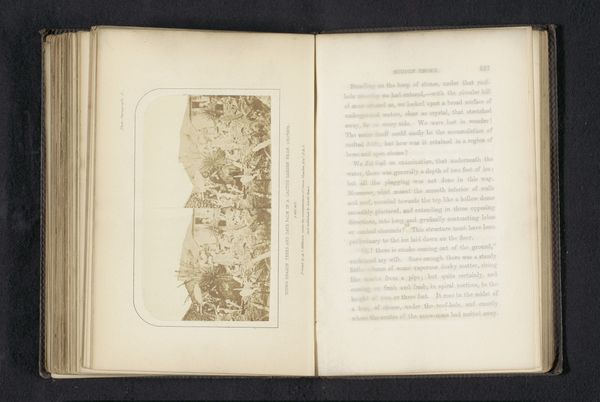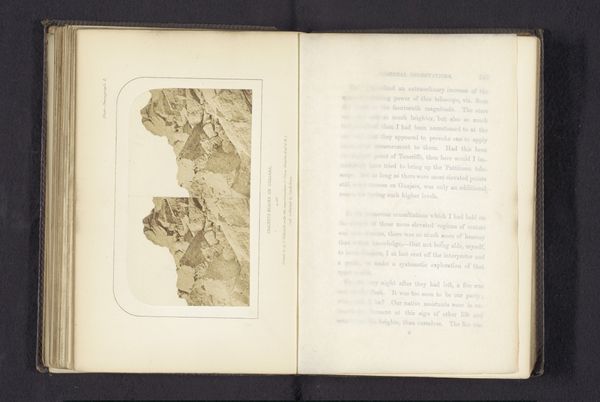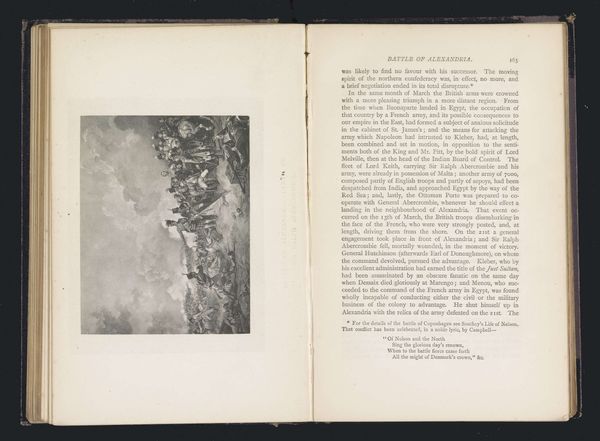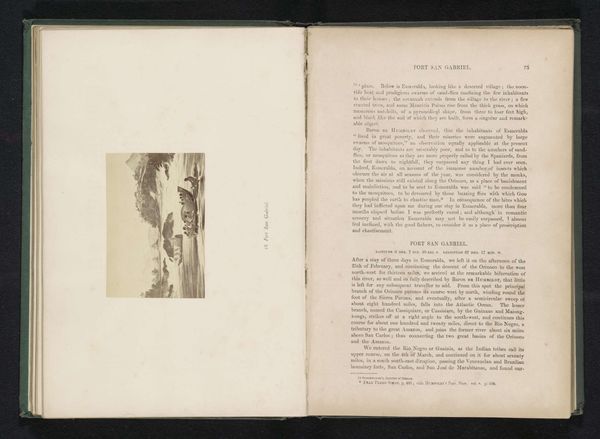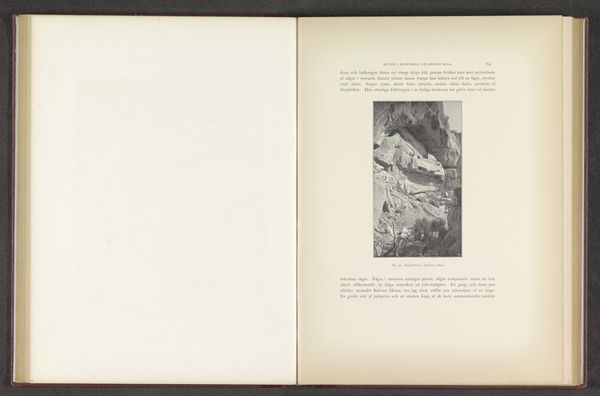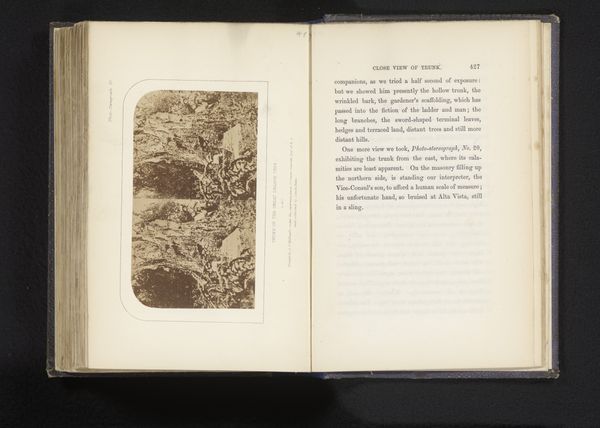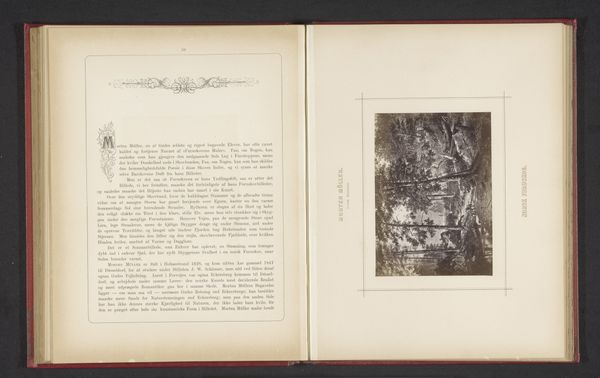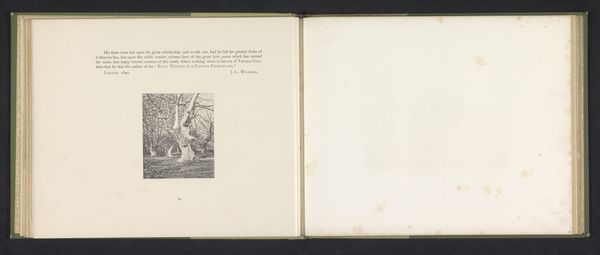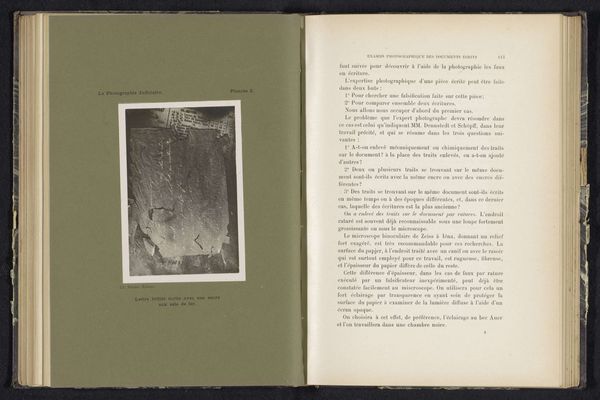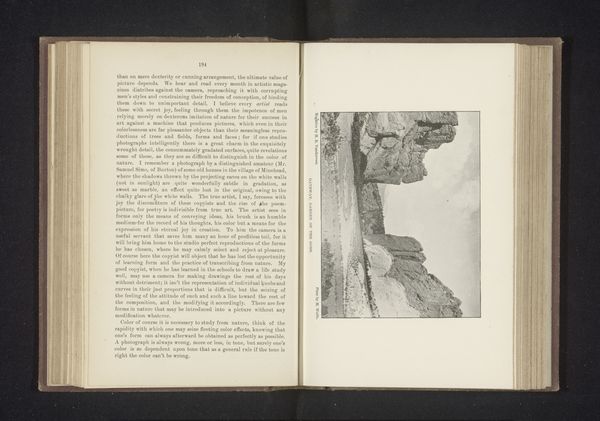
Fotoreproductie van een prent, voorstellende een kaart van Penicuik before 1878
0:00
0:00
print, photography
# print
#
photography
Dimensions: height 97 mm, width 71 mm
Copyright: Rijks Museum: Open Domain
Curator: So, here we have a photogram, a reproduction of a map, by William Henry Fox Talbot, predating 1878. Editor: Yes, “Fotoreproductie van een prent, voorstellende een kaart van Penicuik.” It seems so delicate and intricate. Almost like looking at the veins of a leaf. I wonder, what significance would this map have held back then, and how do you think it reflects the spirit of its time? Curator: It’s a fascinating question! Maps are more than just geographical tools. They are potent symbols of power, control, and understanding of the known world. For the Victorians, the map represented the very project of empire and scientific advancement, a visual declaration of their dominance. Consider the semiotics of claiming territory: the naming, the surveying, the laying down of borders. These all transform space into place, imbued with human meaning and authority. Editor: That makes me see it differently. It's not just an objective rendering, but also a symbolic one, deeply tied to cultural values. Do you see any indications of that specific worldview reflected in the imagery itself? Curator: Certainly. The very act of reproducing this map through photography – a new technology at the time – reinforces this idea of scientific accuracy and progress. Furthermore, the way places are labeled, what's included and what's omitted, tells a story. This map of Penicuik would have been carefully curated to reflect a particular vision of Scotland, its resources, and its place within the larger British narrative. What strikes me most is the emotional weight embedded within this image. Editor: It’s like unlocking layers of meaning – it's no longer just a picture of a map. Thank you, I now look at it very differently. Curator: The pleasure is all mine! Examining these layers helps us understand our past and gives shape to cultural understanding.
Comments
No comments
Be the first to comment and join the conversation on the ultimate creative platform.
